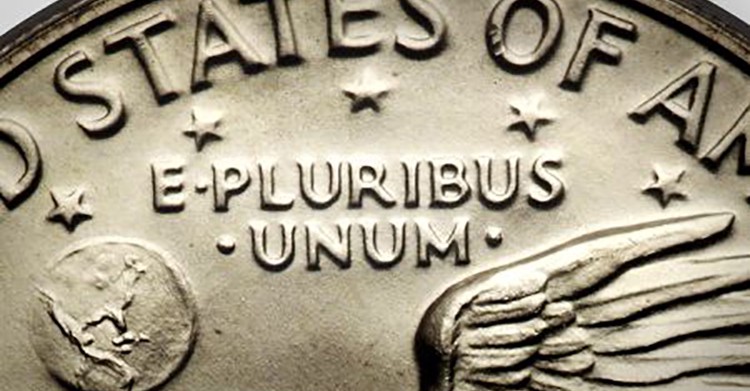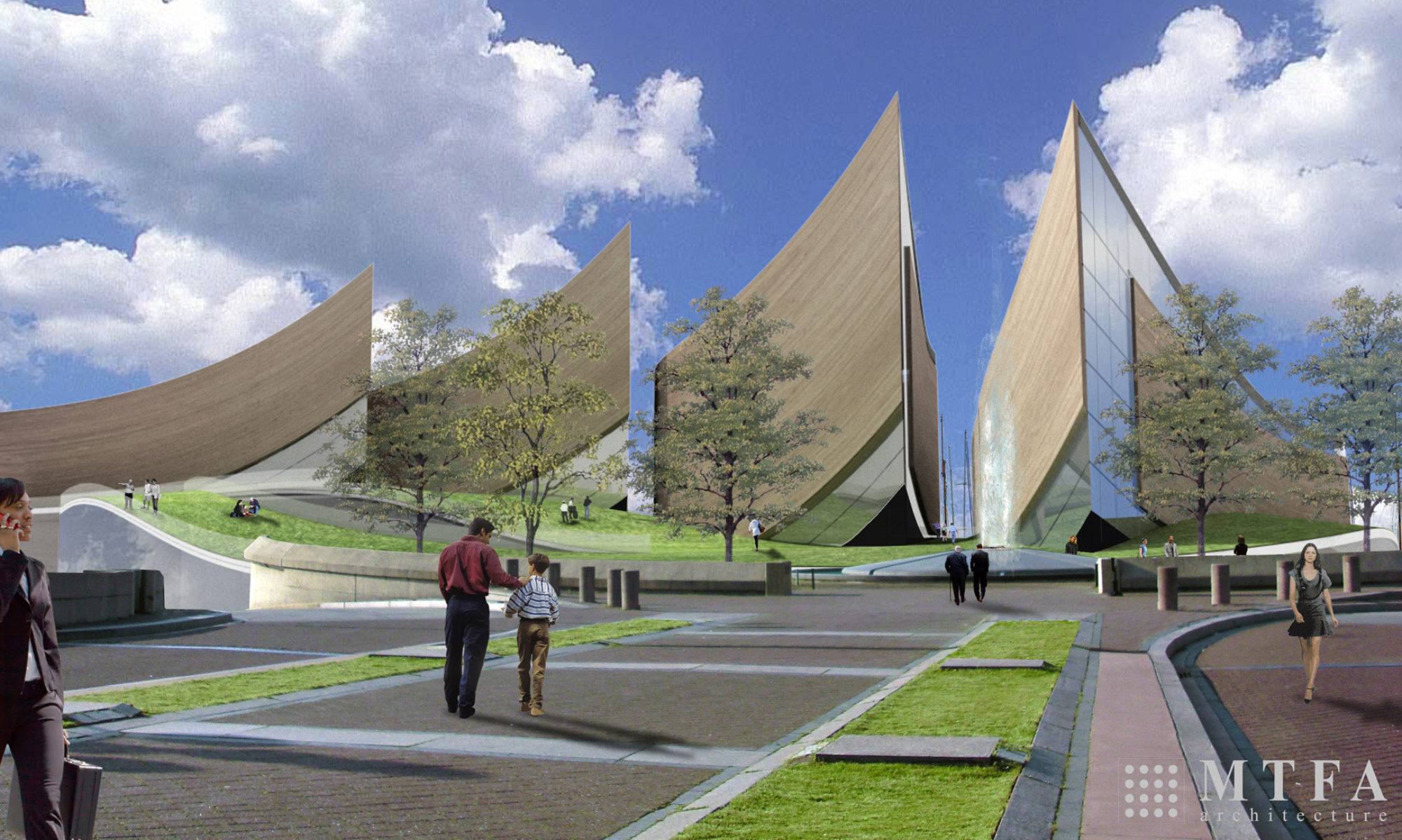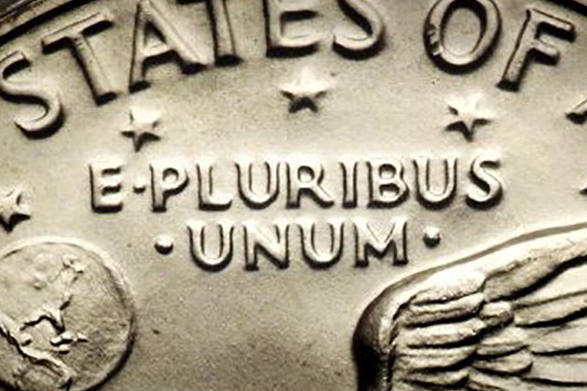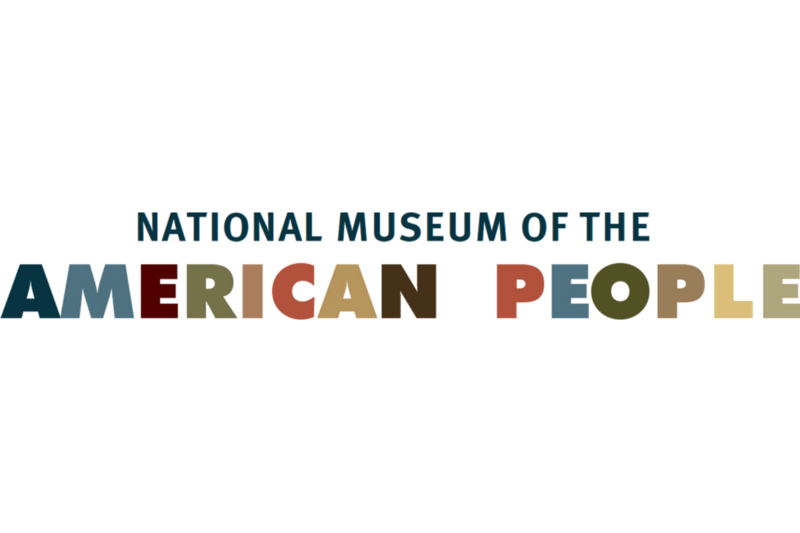
The National Museum of the American People aspires to be the best story-telling museum in the world. The making of the American People is certainly one of the greatest stories in the history of the world and the proposed museum will serve an educational purpose that encompasses our planet.
Who are Americans? How did people from everywhere — Europe, Asia and Pacific Islands, Africa and the Americas — assemble to create this nation? This incredible and poignant story is poorly taught to Americans. And it is no wonder that people around the world must wonder about a nation where peoples from their own countries played an important role in building the United States. For Americans, what role did they and their ancestors play in building this nation? For foreigners, what role did their countrymen and women have in our nation-building project?
The museum will be at the top of places to visit for students from across the nation on school trips to Washington. It will foster learning nationwide as schools adopt lesson plans based on the museum’s story, developed in part by the museum’s education department.
There are now 144 leading scholars who signed on to support the museum. They and others cover fields including history, anthropology, archeology, genetics, linguistics and sociology. They will assure that the story the museum tells is based on the best scholarship available. The museum will be able to adjust the story it tells as new scholarship is brought to light.
The museum will host a Center for the Study of the American People with in-house scholars to coordinate a network of scholars throughout the United States and the world studying subjects related to the museum and its central story.
The NMAP would serve as a resource throughout the nation for museums and other institutions that focus on particular ethnic, nationality or race-related subjects and we imagine having a close relationship with such institutions across our national landscape.
The National Museum of the American People can be expected to use reams of data provided by the Census, from the first one mandated by the Constitution and continuing every ten years through today. The museum will use that information and adapt it to modern technology to track the growth of the American people in easily understood electronic graphics showing those who were here and those who are newcomers. Visitors leaving the museum will have an enhanced knowledge of their own stories about becoming Americans and a visceral sense of who the American People are.
This blog is about the proposed National Museum of the American People which is about the making of the American People. The blog will be reporting regularly on a host of NMAP topics, American ethnic group histories, related museums, scholarship centered on the museum’s focus, relevant census and other demographic data, and pertinent political issues. The museum is a work in progress and we welcome thoughtful suggestions.
— Sam Eskenazi, Director, Coalition for the National Museum of the American People





